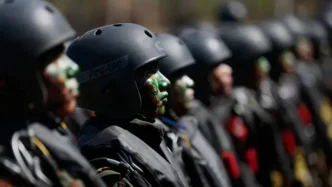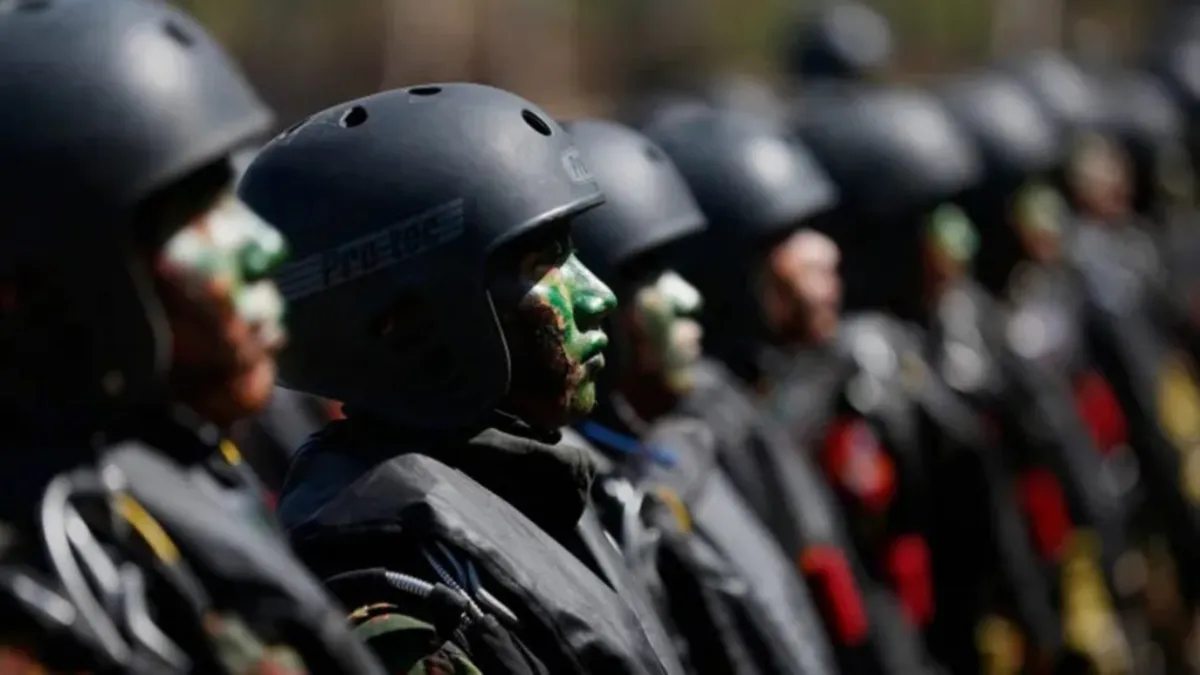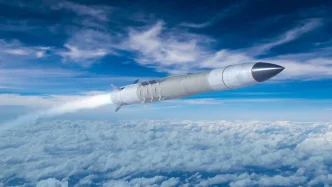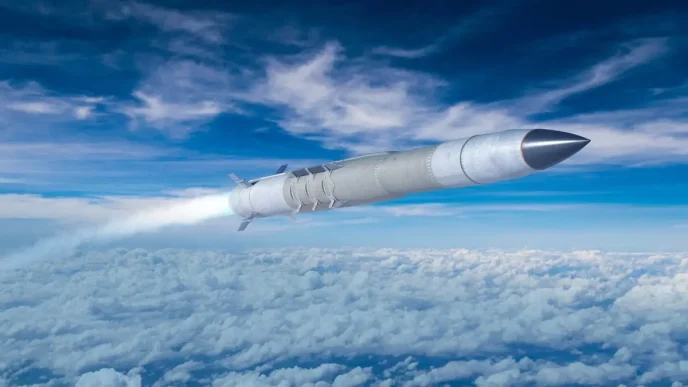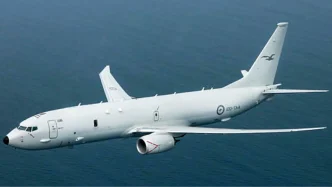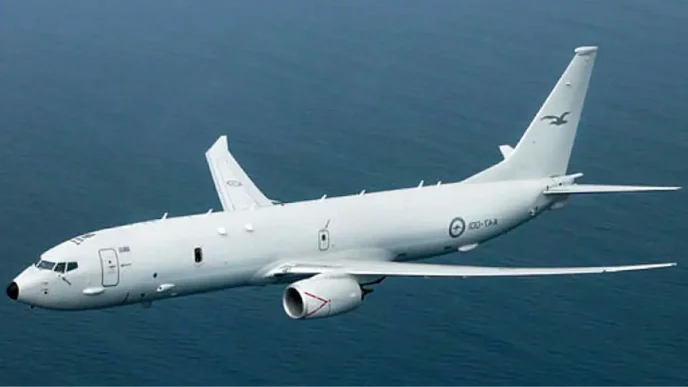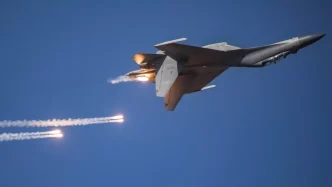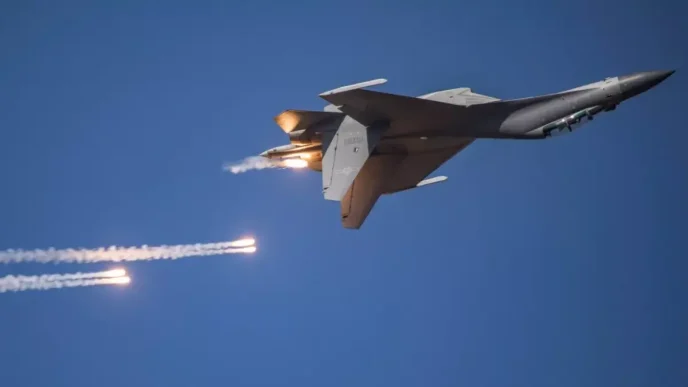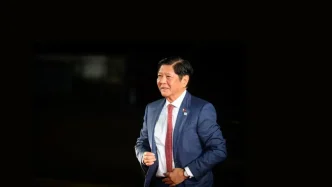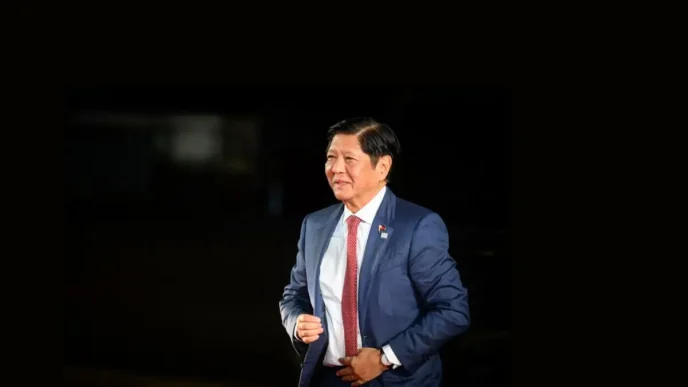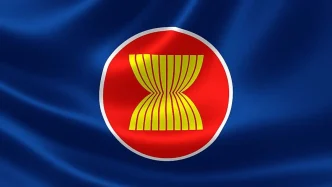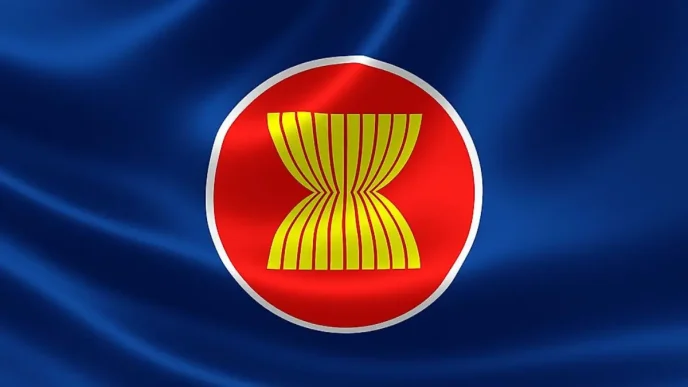More than four and a half years into Myanmar’s brutal civil war, the question of whether the conflict has reached a decisive moment remains unanswered. The struggle, fought across multiple fronts between the military junta and a coalition of resistance forces, continues to seesaw with territorial gains and losses, leaving neither side with a clear path to victory. As battles rage from the northern hills of Shan State to the borderlands of Karen State and the coastal regions of Rakhine, the war’s trajectory defies easy prediction, with each side adapting to setbacks and demonstrating resilience in the face of staggering odds.
The Elusive Culminating Point
The concept of a culminating point in warfare—where one side’s strength peaks relative to the other’s decline—offers a lens to analyze Myanmar’s ongoing conflict. Originally articulated by the 19th-century theorist Carl von Clausewitz, this idea hinges on assessing variables like territorial control, troop losses, and strategic adaptability. Applied to Myanmar, it raises a critical question: has the junta, despite significant setbacks, exhausted its capacity to achieve its objectives, or have resistance forces overextended themselves in their push for dominance?
Since the launch of Operation 1027 in October 2023, resistance groups, including the Ta’ang National Liberation Army (TNLA), the Arakan Army (AA), and the Karen National Liberation Army (KNLA), have scored dramatic victories. The junta has lost vast swathes of territory in northern Shan State and faced near-total defeat in Rakhine State. Yet, counteroffensives in central regions like Anya and southern Shan State reveal the military’s stubborn refusal to collapse. The recapture of Nawnghkio in northern Shan State in early July 2025 exemplifies this resilience, underscoring the difficulty of predicting an endgame.
Nawnghkio: A Microcosm of Military Adaptation
The junta’s retaking of Nawnghkio, a town initially captured by the TNLA in June 2024, highlights the military’s evolving tactics. Bolstered by infantry reinforcements and enhanced air power, including the use of drones, the regime has adapted under pressure. Reports from regional analyses indicate that the military has decentralized its airstrike authorization, shifting decision-making to Regional Command levels for faster response times. This tactical shift, combined with increased drone surveillance—possibly aided by technological support from foreign allies—has strengthened ground operations despite challenging monsoon conditions in Shan State.
Resistance forces, meanwhile, struggled to neutralize junta fire support bases in the surrounding hills. Fortified hilltop installations, equipped with long-range artillery like 105mm howitzers and 155mm guns, proved difficult to overrun with lightly armed infantry, even with drone support. The inability to counter the junta’s air power further complicates the resistance’s hold on urban centers, raising questions about the strategic wisdom of defending fixed positions versus adopting more fluid tactics.
Ultimately, the battle for Nawnghkio reflects a broader dynamic: while technology and air support play critical roles, it is infantry on the ground that determines territorial control. For the junta, the question remains whether such localized victories justify the cost of overextending resources when consolidating core territories and supply lines might offer a more sustainable strategy.
Conscription and the Fog of War Data
One of the junta’s unexpected strengths has been its ability to replenish frontline troops through forced conscription. Since the Military Service Law was enacted in February 2024, estimates suggest that 50,000 to 70,000 recruits have been trained and deployed across 13 intakes. Contrary to early predictions that conscription would weaken the military through low morale and desertions, it has instead provided the manpower needed for counteroffensives like Nawnghkio. Even if only a fraction of these conscripts prove combat-effective, their presence alters the battlefield calculus.
Yet, interpreting conflict data in Myanmar remains fraught with uncertainty. Metrics like captured towns—often cited as indicators of resistance success by groups like the Myanmar Peace Monitor—can mislead. While the junta’s recapture of towns like Nawnghkio, Thabeikkyin in Mandalay Region, and Moebye in southern Shan State marks setbacks for anti-regime forces, resistance groups continue to operate in surrounding rural areas, suggesting that urban control may not equate to strategic dominance. Intangible factors such as troop morale, command cohesion, and political fragmentation among resistance factions further cloud assessments of who holds the upper hand.
Bhamo and the Northern Front: A Siege in Stalemate
The ongoing battle for Bhamo, a key town in Kachin State, illustrates the grinding nature of Myanmar’s civil war. Despite months of intense efforts by the Kachin Independence Army (KIA), the town remains under junta control, sustained by airdrops and direct supply flights. A recent resupply flotilla up the Ayeyarwady River from Mandalay, though heavily attacked by resistance forces, managed to deliver critical resources after a three-week journey that should have taken three days. Reports indicate that 11 of 18 vessels reached Bhamo, a testament to the junta’s determination to hold strategic outposts.
Geopolitical pressures add another layer of complexity. Allegations of Chinese influence on the KIA, urging a swift resolution or abandonment of the offensive, highlight how external actors shape local conflicts. As siege warfare inflicts heavy casualties on both sides and devastates civilian infrastructure, Bhamo underscores the high cost of territorial ambition in a war with no clear end in sight.
Karen State: Gains Along the Border
In eastern Myanmar, the KNLA has made significant strides along the Thai-Myanmar border, overrunning multiple junta bases since early 2021. These victories, including the capture of key positions in Myawaddy Township, have nearly expelled regime forces from the border zone. Advances into eastern Bago Region further demonstrate the KNLA’s growing reach into central Myanmar, though these gains remain fragile amid ongoing junta airstrikes and efforts to secure trade routes.
A critical asset for the KNLA has been its training and deployment of People’s Defence Force (PDF) units, bolstering ground strength. However, persistent challenges in securing ammunition and supplies limit sustained offensives. The delicate balance with Thailand, alongside the militarization of the border, adds further constraints to the KNLA’s operations, illustrating the intersection of military and geopolitical challenges in this theater of war.
Rakhine State: Irreversible Gains or Temporary Triumph?
Perhaps the most striking shift in Myanmar’s conflict landscape has occurred in Rakhine State, where the Arakan Army has secured unprecedented territorial control since late 2023. The junta appears unlikely to reclaim the Bangladesh border anytime soon, lacking sufficient ground troops for a counteroffensive. While rumors of planned operations to retake areas like Thandwe and Ponnagyun circulate, alongside naval reinforcements to Kyaukphyu and Sittwe, the AA’s dominance in Rakhine seems, for now, unassailable.
Yet, questions linger about the AA’s broader strategy. Operations into adjacent regions like Magway and the Ayeyarwady Delta—home to key junta defense industry assets—have slowed, possibly due to logistical constraints or seasonal monsoon challenges. The AA’s approach to strategic locations like Kyaukphyu, where Chinese economic interests are at stake, remains cautious, balancing military objectives with avoiding collateral damage. Similarly, plans for Sittwe, the state capital, must address not only military conquest but also the governance of civilian populations across newly acquired territories.
A War Without End?
Myanmar’s civil war defies simplistic narratives of victory or defeat. The junta’s adaptability, bolstered by conscription and tactical innovations, counters the resistance’s territorial gains and decentralized strength. Each theater—whether Shan, Karen, Kachin, or Rakhine—presents unique dynamics shaped by geography, fighting forces, and external influences. Data on captured towns, casualty rates, or airstrike frequency offers only partial insight into a conflict where morale, logistics, and political cohesion play equally decisive roles.
As the war grinds on, the search for a culminating point remains elusive. Both sides appear committed to fighting at immense cost, with neither able to deliver a knockout blow. For Myanmar’s people, caught in the crossfire of this protracted struggle, the prospect of peace seems as distant as ever. What remains clear is that a deeper, more systematic analysis of specific battles within their historical and regional context is essential to understanding where this devastating conflict might ultimately lead.
